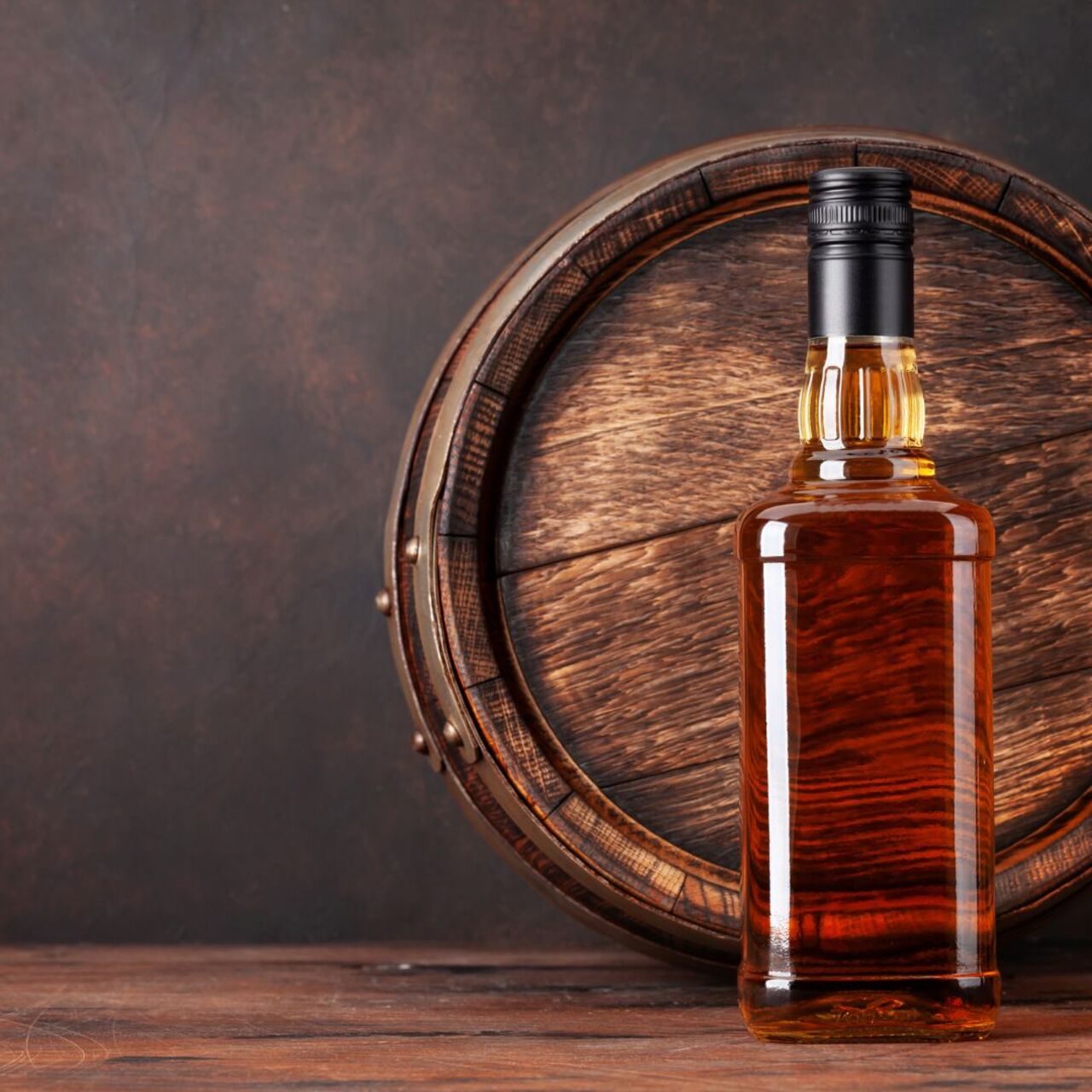

Articles
How To Store Rum
Modified: December 7, 2023
Learn how to store rum properly to preserve its flavor and quality. Our articles provide expert tips and techniques for storing rum at home.
(Many of the links in this article redirect to a specific reviewed product. Your purchase of these products through affiliate links helps to generate commission for Storables.com, at no extra cost. Learn more)
Introduction
Welcome to the world of rum! Whether you’re a seasoned enthusiast or just starting your journey into the realm of this delightful spirit, one thing is clear – proper storage is crucial to maintaining its quality and flavor. Rum is a versatile spirit enjoyed neat, on the rocks, or as a key ingredient in various cocktails. To ensure that your collection remains in its best form, knowing how to store rum is essential.
Storing rum may seem like a simple task, but there are several factors to consider to preserve its taste and integrity. In this article, we will explore the various aspects of rum storage, including choosing the right location, creating ideal storage conditions, selecting appropriate containers, and much more.
By following the tips and guidelines outlined here, you can ensure that your rum collection ages gracefully and maintains its distinct flavors. So, let’s dive in and learn how to store rum the right way!
Key Takeaways:
- Proper storage of rum involves considering factors such as quality, age, and storage location, creating optimal conditions, selecting suitable containers, and sealing bottles effectively to preserve its distinct flavors and characteristics.
- Organizing and labeling your rum collection, monitoring and maintaining its quality, and following industry best practices for storage are essential to extend the shelf life of your rum and ensure delightful sips for years to come.
Read more: How To Store Malibu Rum
Factors to Consider Before Storing Rum
Before you begin storing your rum collection, there are several important factors to consider. These factors can greatly impact the quality and longevity of your rum, ensuring that it remains enjoyable for years to come.
1. Quality of the Rum: The first and most critical factor to consider is the quality of the rum you intend to store. Higher-quality rums often benefit from aging and develop more complex flavors over time. It’s important to note that not all rums are meant for long-term storage. Before investing in aging your rum, ensure that it is of sufficient quality to benefit from the process.
2. Age of the Rum: The age of the rum plays a significant role in determining the ideal storage conditions. Young rums with vibrant flavors may not require as much aging or specific storage conditions compared to older, more delicate rums. Consider the age of your rum when planning its storage.
3. Proof and Alcohol Content: The proof or alcohol content of the rum is an essential factor to consider. Generally, higher proof rums tend to fare better in terms of maintaining their flavors and characteristics during the aging process. However, it’s important to find a suitable balance, as extremely high-proof rums can overpower delicate flavors.
4. Bottle Integrity: Take a close look at the bottles you plan to use for storing your rum. Ensure that they are in good condition with tight-fitting caps or corks. The quality and seal of the bottle will play a significant role in preventing oxidation and maintaining the integrity of the rum.
5. Personal Preferences: Lastly, consider your personal taste preferences and what you hope to achieve by aging your rum. Different storage conditions and aging techniques can produce unique flavor profiles. Understanding your preferences will help guide your decisions on the best way to store and age your rum.
By carefully considering these factors, you can make informed decisions about how to properly store your rum collection and set the stage for a delightful aging process. Now that we’ve covered the key factors to consider, let’s move on to the next step – choosing the right storage location.
Choosing the Right Storage Location
When it comes to storing rum, the choice of storage location is crucial. The right environment can greatly impact the aging process and maintain the quality of the rum. Here are some important considerations when choosing a storage location for your rum collection:
1. Temperature Stability: Rum is sensitive to temperature fluctuations, so it’s important to select a storage location with stable temperatures. Ideally, the temperature should remain consistent between 60°F (15°C) to 70°F (21°C). Avoid areas that are subject to extreme heat or cold, such as near radiators or windows.
2. Avoid Direct Sunlight: Exposure to sunlight can cause rapid aging and degradation of the rum. Opt for a storage location away from direct sunlight, such as a cool and dark room or a dedicated liquor cabinet.
3. Low Humidity: High humidity can lead to mold growth and deterioration of labels and corks. Aim for a storage area with moderate humidity levels, ideally between 60-70%. Avoid extremely dry or humid environments.
4. Ventilation: Good air circulation is essential to prevent musty odors or mold growth. Choose a storage location that allows for adequate ventilation. Avoid damp basements or areas with poor airflow.
5. Stability and Safety: Ensure that the chosen storage location is stable and secure. Avoid areas prone to vibrations or drastic movements, as they can disturb the aging process and affect the quality of the rum. It’s also important to place the rum out of reach of children or pets.
6. Minimal Exposure to Odors: Rum can absorb odors from its surroundings, which can alter its flavor profile. Avoid storing rum near strong-smelling substances such as cleaning products or spices. Opt for a dedicated space or cabinet to minimize exposure to external odors.
By considering these factors, you can identify the ideal storage location for your rum collection. A cool, dark, and stable environment will provide the optimal conditions for aging and preserving the distinctive flavors of the rum. Once you’ve found the right location, it’s time to focus on the required storage conditions.
Required Storage Conditions
To ensure the proper aging and preservation of your rum collection, it’s essential to create the right storage conditions. By maintaining the following conditions, you can safeguard the quality and flavor of your rum:
1. Temperature: As mentioned earlier, temperature stability is crucial for rum storage. Aim for a constant temperature between 60°F (15°C) to 70°F (21°C). Fluctuations in temperature can cause the expansion and contraction of the liquid, leading to oxidation and potential spoilage.
2. Light Exposure: Protect your rum from direct sunlight or excessive UV exposure. Too much light can degrade the quality of the rum and lead to loss of flavor. Store your rum in a dark location or use UV-resistant bottles or cabinets for maximum protection.
3. Humidity: Maintaining moderate humidity levels is important to prevent mold growth and cork deterioration. Aim for a humidity range of 60-70%. Too much humidity can cause labels to peel off or become illegible, while too little humidity can dry out the cork, leading to potential leakage.
4. Air Quality: Proper ventilation is key to ensuring the freshness of your rum. Good airflow helps prevent musty odors and maintains the integrity of the spirit. Avoid storing rum in areas with high levels of pollutants or strong odors that could permeate the bottles.
5. Bottle Position: Storing rum bottles upright or on their sides will largely depend on the presence of natural cork or synthetic closures. If the rum has a natural cork, store it upright to keep the cork moist and prevent air from seeping in. However, if the rum has a synthetic closure, laying the bottles on their sides can be acceptable.
6. Non-Movement: Avoid unnecessary movement or agitation of the rum bottles. Vibrations can disrupt the aging process and potentially affect the flavor of the rum. Ensure that your storage location is stable and secure to minimize any disturbances.
7. Duration of Aging: Consider the duration you intend to age your rum. The optimal storage conditions may vary depending on the desired aging period. Short-term storage within the recommended temperature range may be sufficient, while long-term aging might require controlled environments such as a wine cellar or dedicated aging room.
By adhering to these required storage conditions, you’ll create an environment that preserves the quality and taste of your rum. The next step is selecting the right containers to hold your precious spirits.
Deciding on the Right Rum Storage Containers
Choosing the right containers for storing your rum is crucial for maintaining its quality and longevity. Here are some factors to consider when deciding on the right rum storage containers:
1. Glass Bottles: Glass bottles are the most popular choice for storing rum. They are non-reactive, airtight when sealed properly, and provide excellent visibility to showcase your collection. Look for bottles made from dark glass or those that offer UV protection to shield the rum from harmful light.
2. Ceramic or Stoneware Containers: Ceramic or stoneware containers can provide an aesthetically pleasing alternative to glass. They offer excellent insulation and protection from light, resulting in a cool and dark environment for your rum. However, ensure that the containers are properly sealed to prevent any air or moisture from entering.
3. Oak Barrels: Oak barrels are often used for aging and storing rum, particularly in the production of aged rums. They impart unique flavors and characteristics to the spirit, enhancing its complexity over time. However, storing rum in barrels requires careful monitoring and occasional topping up to prevent excessive evaporation.
4. Stainless Steel Containers: Stainless steel containers are a practical option for long-term storage of rum. They are durable, non-reactive, and resistant to external factors such as light and humidity. Stainless steel containers also offer excellent protection against odors and maintain a consistent environment for aging.
5. Plastic Containers: While not the preferred choice for long-term storage, plastic containers can be used for short-term or bulk storage of rum. Ensure that the containers are made from food-grade plastic and are well-sealed to prevent any contact with air or odors. Plastic containers should be stored in a cool and dark location to minimize exposure to light.
6. Size and Shape: Consider the size and shape of the containers based on your rum collection and storage space. Smaller bottles are suitable for preserving limited edition or special rums, while larger containers may be more practical for storing larger quantities or blending purposes.
7. Proper Sealing: Whichever type of container you choose, ensure that it provides a tight seal to prevent any air or moisture from entering. A proper seal is crucial to maintain the quality and flavor of the rum over time. Consider using wax seals or shrink-wrap to further secure the closure.
Ultimately, the choice of rum storage containers will depend on personal preference, the duration of aging, and the desired aesthetic. Remember to consider the material, sealing capability, and protection from light and humidity when selecting the containers for your valuable rum collection.
Now that you’ve chosen the right storage containers, let’s explore how to properly seal your rum bottles or containers.
Store rum in a cool, dark place away from direct sunlight and temperature fluctuations. Keep the bottle tightly sealed to prevent oxidation and maintain the flavor. Avoid storing near strong-smelling items as rum can absorb odors.
Read more: How To Store Rum Cake
Properly Sealing Rum Bottles or Containers
Properly sealing your rum bottles or containers is essential for preserving the quality, flavor, and longevity of your rum. Here are some tips to ensure a tight and secure seal:
1. Cork Closure: If your rum bottle has a natural cork closure, ensure that the cork is in good condition and fits snugly in the bottle neck. Before inserting the cork, it’s recommended to wet it with a small amount of rum or water to help it slide in smoothly. Press it firmly but gently into the bottle.
2. Synthetic Closure: For rum bottles with synthetic closures, such as screw caps or plastic stoppers, make sure they are properly tightened. Twist the closure until it reaches its tightest point without over-tightening, which could potentially damage the closure or cause leaks.
3. Wax Seal: Wax sealing provides an extra layer of protection and gives your rum bottles an elegant appearance. Melt a suitable sealing wax, such as beeswax or bottle sealing wax, and pour a small amount onto the bottle closure. Quickly press a wax stamp onto the hot wax to create a unique seal. Allow the wax to fully cool and harden before storing the bottle.
4. Shrink-wrap Capsules: Shrink-wrap capsules are a popular choice for professional-looking bottle closures. These plastic capsules can be applied with the help of a heat source, such as a hairdryer or heat gun. Gently heat the capsule, allowing it to shrink onto the bottle neck, creating a tamper-proof seal.
5. Foil Capsules: Foil capsules offer a classic and sophisticated seal for rum bottles. These metallic caps are typically applied by placing them over the bottle neck and securing them with heat or adhesive. Foil capsules not only provide a seal but also serve as an attractive element for presentation.
6. Vacuum Sealing: Vacuum sealing is a method commonly used for long-term storage. It involves using a vacuum sealer to remove excess air from the bottle or container, creating a tight seal. This technique effectively prevents oxidation and slows down the aging process. Vacuum sealing is more suitable for those with specialized equipment.
7. Air-tight Storage Containers: If you’re storing rum in containers other than bottles, such as barrels or stainless steel tanks, ensure they have airtight closures. Barrel bungs or lockable tank lids provide a secure seal, preventing any external elements from entering and compromising the quality of your rum.
Remember to store your sealed rum bottles or containers in a cool and dark location as discussed earlier. This will help further protect the rum from light, temperature fluctuations, and other external factors that could potentially affect its quality.
Now that you know how to properly seal your rum bottles or containers, it’s time to explore the importance of organizing and labeling your rum collection.
Organizing and Labeling Your Rum Collection
As your rum collection grows, it becomes increasingly important to organize and label your bottles to easily identify and enjoy your favorite spirits. Here are some tips for organizing and labeling your rum collection:
1. Categorize by Type: Start by categorizing your rum collection by type. Group together different styles such as white rum, dark rum, spiced rum, and aged rum. This will make it easier to locate specific bottles and provide a clear overview of your collection.
2. Arrange by Age: If you have aged rums in your collection, consider organizing them by age. Place the oldest bottles at the back and the newer ones at the front. This arrangement allows you to easily track the aging process and ensures you consume them in a timely manner.
3. Create a System: Develop a system that works for you. You can organize your rum collection alphabetically, by brand, by country of origin, or by any other criteria that makes sense to you. Whichever method you choose, ensure it is consistent so that you can locate specific bottles quickly and effortlessly.
4. Use Display Shelves: Display shelves not only help organize your rum collection but also provide an attractive showcase. Consider investing in a dedicated liquor cabinet or shelving unit designed specifically for displaying and storing bottles. This will add a touch of elegance to your space while keeping your rums easily accessible.
5. Labeling: Labeling your rum bottles is crucial for quick identification. Use adhesive labels or printable labels to mark each bottle with relevant information such as the brand, age, type, and any other notes you deem important. This labeling system will help you locate specific bottles without having to inspect each one individually.
6. Digital Inventory: Consider creating a digital inventory of your rum collection. Use a spreadsheet or a specialized app to track and catalog your bottles. This digital inventory can include details such as tasting notes, purchase dates, and prices. It serves as a convenient reference when planning your next rum-tasting session or when adding new additions to your collection.
7. Maintenance and Upkeep: Regularly update your labeling and organization system as you acquire new bottles or consume existing ones. Dedicate some time to rearranging and reorganizing your rum collection to ensure it remains orderly and easily accessible.
By following these tips, you can maintain a well-organized and labeled rum collection. This organization will not only enhance your enjoyment of the rums but also make it easier to share your passion with fellow rum enthusiasts.
Now that your rum collection is organized, let’s explore how to properly monitor and maintain the quality of your rum.
Monitoring and Maintaining Rum Quality
Monitoring and maintaining the quality of your rum is essential to ensure that it remains enjoyable and retains its distinct flavors. Here are some tips for effectively monitoring and maintaining the quality of your rum:
1. Regular Tasting Sessions: Schedule regular tasting sessions to evaluate the flavors and characteristics of your rum collection. This allows you to monitor any changes in taste, identify any potential issues, and determine the optimal time to consume or age specific bottles.
2. Store away from Heat and Light: Make sure to store your rum collection in a cool, dark place away from heat sources and direct sunlight. Exposure to heat and light can accelerate the aging process, potentially leading to unfavorable flavor changes and degradation of quality.
3. Check for Leaks or Spoilage: Regularly inspect your rum bottles and containers for any signs of leakage or spoilage. Look for any cracks, damaged seals, or discoloration that could indicate a compromise in the quality of the rum. Dispose of any bottles showing signs of spoilage to prevent contamination.
4. Rotating Bottles: Rotate your rum bottles periodically to prevent sediment from settling and flavors from stagnating. Gently rotate the bottles by giving them a few gentle shakes to ensure a homogenous distribution of flavors. This helps to maintain consistency and freshness in your rum collection.
5. Avoid Extreme Temperature Swings: Rapid temperature changes can have a negative impact on the quality of your rum. Avoid storing your bottles in areas where they may be exposed to extreme temperature fluctuations, such as near radiators, windows, or HVAC vents. Maintain a consistent temperature within the recommended range for optimal aging and flavor development.
6. Clean Storage Area: Keep your rum storage area clean and free from contaminants that could affect the flavor and aroma of your rum. Regularly dust and wipe down shelves or cabinets to prevent any buildup of dirt, dust, or debris that could potentially contaminate your bottles.
7. Proper Handling: Handle your rum bottles with care to avoid unnecessary agitation or impact. Rough handling can disturb the sediment and affect the overall quality of the rum. When moving or pouring bottles, do so gently and avoid excessive shaking or jarring.
8. Consult Experts: When in doubt about the quality or state of your rum, consult experts or experienced professionals in the field. They can provide guidance and recommendations based on their knowledge and expertise to help maintain the integrity of your rum collection.
By implementing these monitoring and maintenance practices, you can ensure that your rum collection remains in optimal condition, delivering the flavors and experience you expect. Now, let’s explore some tips for extending the shelf life of your rum.
Tips for Extending the Shelf Life of Rum
To extend the shelf life of your rum and maintain its quality over time, follow these tips:
1. Store in a Cool Environment: Heat can degrade the quality of rum, so it’s important to store it in a cool environment. Keep your rum away from sources of heat, such as direct sunlight, stoves, or heaters. A consistently cool storage area will help preserve the flavors and characteristics of the rum.
2. Maintain Proper Sealing: Ensure that your rum bottles or containers are tightly sealed to prevent air and moisture from entering. Make sure corks or closures are securely in place. Proper sealing will help maintain the integrity and freshness of the rum.
3. Limit Exposure to Oxygen: Oxygen can slowly degrade the flavors and aromas of rum over time. Minimize exposure to air by keeping bottles tightly closed when not in use. Consider transferring rum from larger bottles to smaller ones, eliminating excess air that can affect the aging process.
4. Avoid Extreme Temperature Fluctuations: Rapid temperature changes can impact the quality of your rum. Extreme heat or cold can cause expansion and contraction of the liquid, affecting flavors and potentially causing leaks. Store your rum in a place with stable, moderate temperatures to prolong its shelf life.
5. Avoid Mixing with Other Liquids: To prevent cross-contamination and maintain the integrity of your rum, avoid mixing it with other liquids or substances. Mixing rum with different alcohols or beverages can alter its flavor and potentially spoil the spirit.
6. Handle with Care: Treat your rum bottles with care to avoid unnecessary agitation or damage. Rough handling can disturb sediment and compromise the flavor. When moving or pouring rum, handle the bottles gently to ensure the liquid remains undisturbed.
7. Keep Labels Intact: Labels on rum bottles not only provide essential information but also protect the integrity of the spirit. Avoid handling bottles excessively or peeling off labels, as it can expose the rum to light and air. Well-preserved labels contribute to the overall quality and presentation of your rum collection.
8. Regularly Monitor and Rotate: Regularly monitor your rum collection for any signs of spoilage or degradation. Rotate the bottles occasionally to keep the flavors balanced and prevent sediments from settling. By staying vigilant and proactive, you can catch any potential issues before they affect the overall quality of your rum.
By following these tips, you can extend the shelf life of your rum, ensuring that it remains fresh and enjoyable over an extended period. Proper storage and handling will allow you to savor the exceptional flavors of your collection for years to come.
Now that we have covered the essential tips for extending the shelf life of rum, let’s conclude our article.
Read more: How To Store Rum Balls
Conclusion
Congratulations! You are now equipped with the knowledge and tips to store your rum collection properly and extend its shelf life. By considering factors such as the quality and age of the rum, choosing the right storage location, creating optimal storage conditions, selecting appropriate containers, and sealing your bottles or containers effectively, you can ensure that your rum remains in its best form.
Remember to monitor and maintain the quality of your rum regularly by conducting tasting sessions, checking for leaks or spoilage, and storing it away from heat, light, and excessive oxygen exposure. Organizing and labeling your collection will not only keep it in order but also make it easier to locate and enjoy your favorite rums.
Follow industry best practices, such as storing your rum in a cool environment, maintaining proper sealing, limiting exposure to oxygen, avoiding extreme temperature fluctuations, handling with care, and keeping labels intact. By implementing these tips, you can preserve the distinct flavors, aromas, and characteristics of your rum collection over time.
Whether you are an avid rum collector or just beginning your journey, a properly stored and well-maintained rum collection will reward you with delightful sips and the opportunity to explore the fascinating world of rum. So, go ahead and showcase your treasure trove of rums to impress your guests or simply savor a moment of indulgence.
Cheers to your exceptional rum storage journey, and may your collection continue to age gracefully, delivering exquisite flavors and unforgettable experiences!
Frequently Asked Questions about How To Store Rum
Was this page helpful?
At Storables.com, we guarantee accurate and reliable information. Our content, validated by Expert Board Contributors, is crafted following stringent Editorial Policies. We're committed to providing you with well-researched, expert-backed insights for all your informational needs.
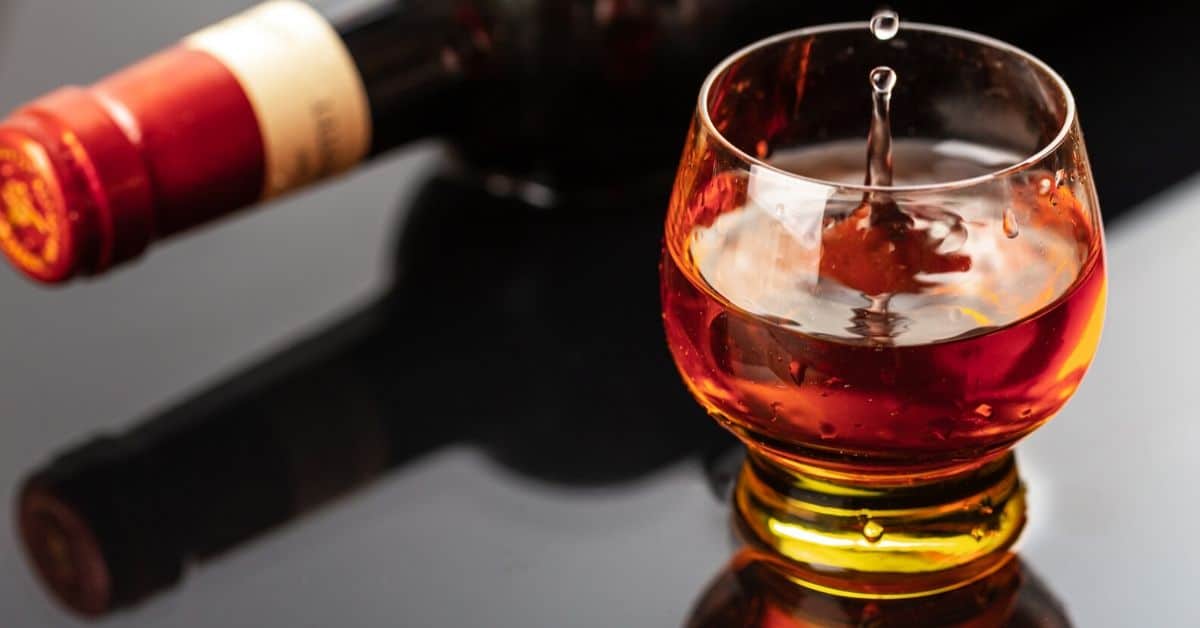



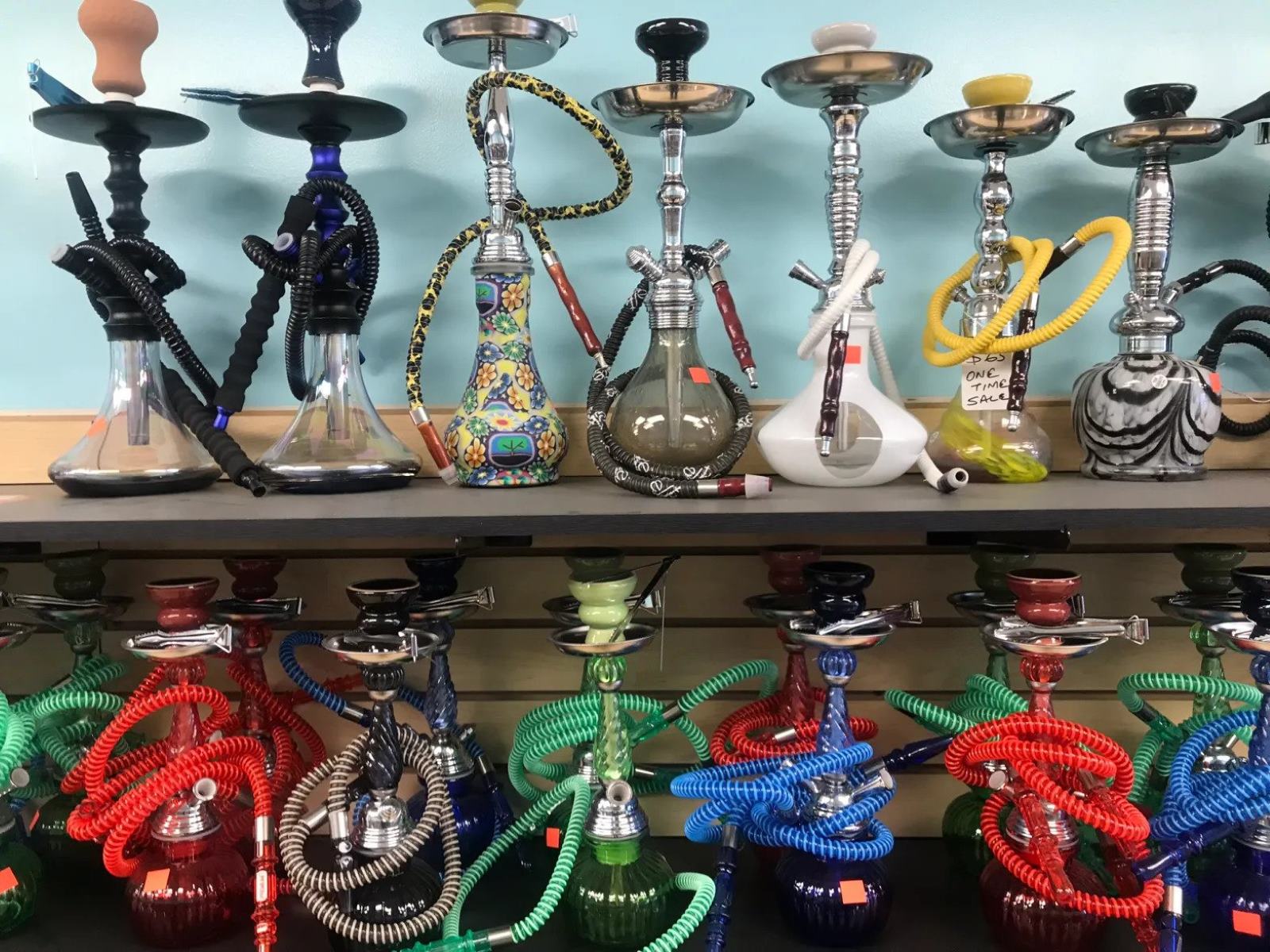
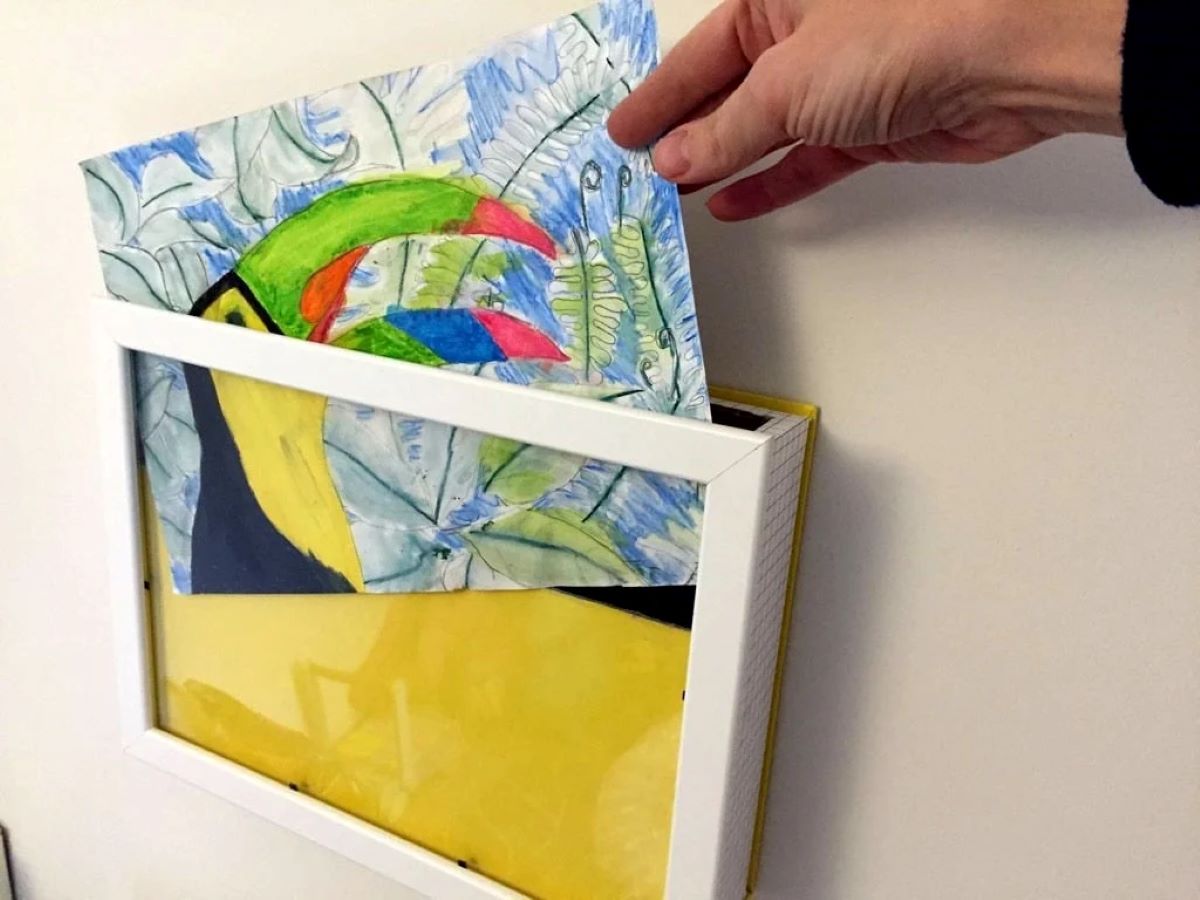
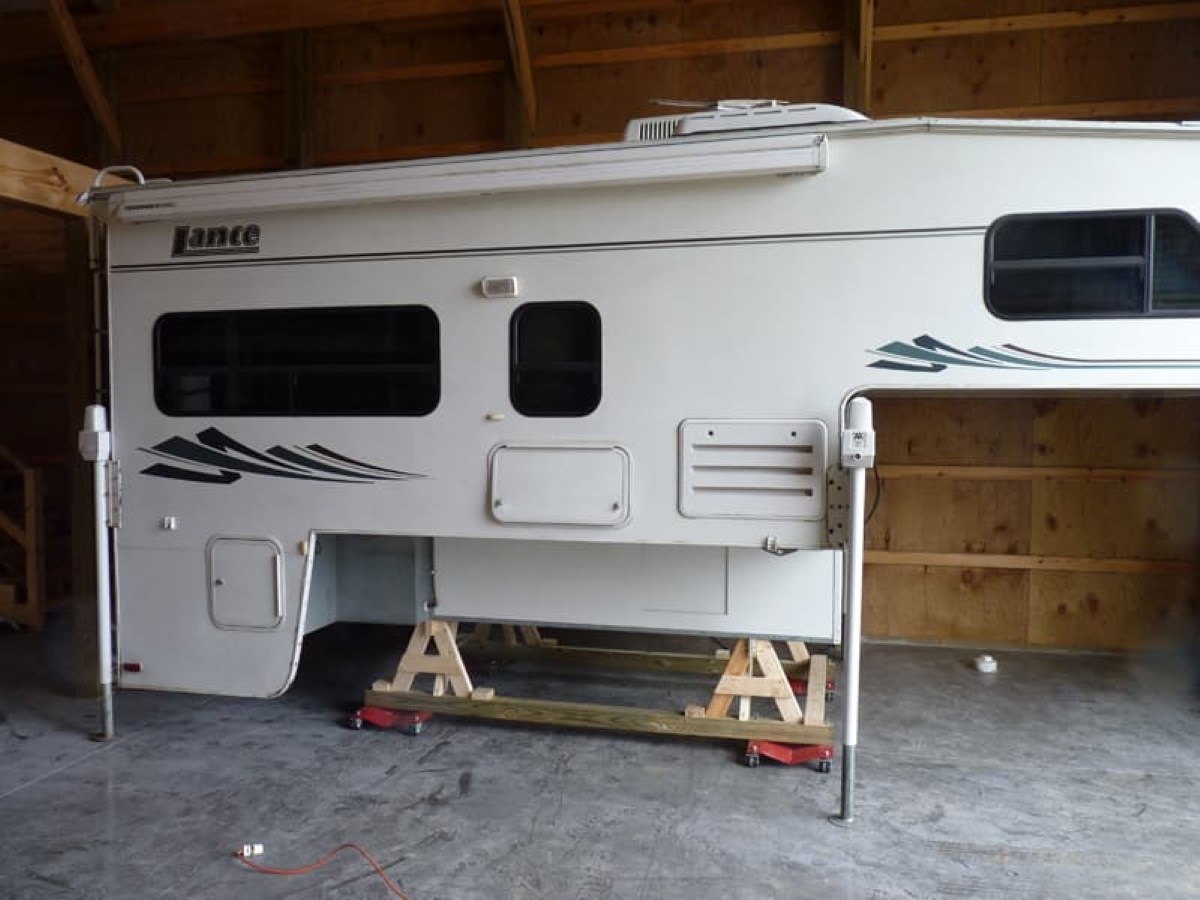
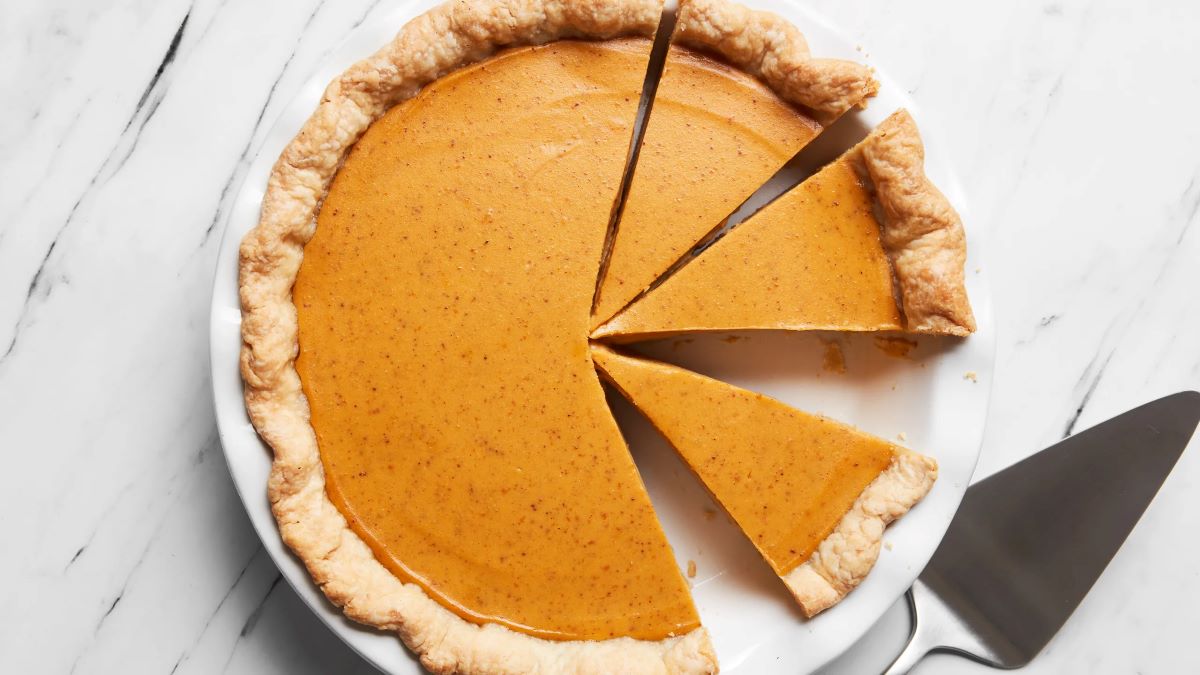
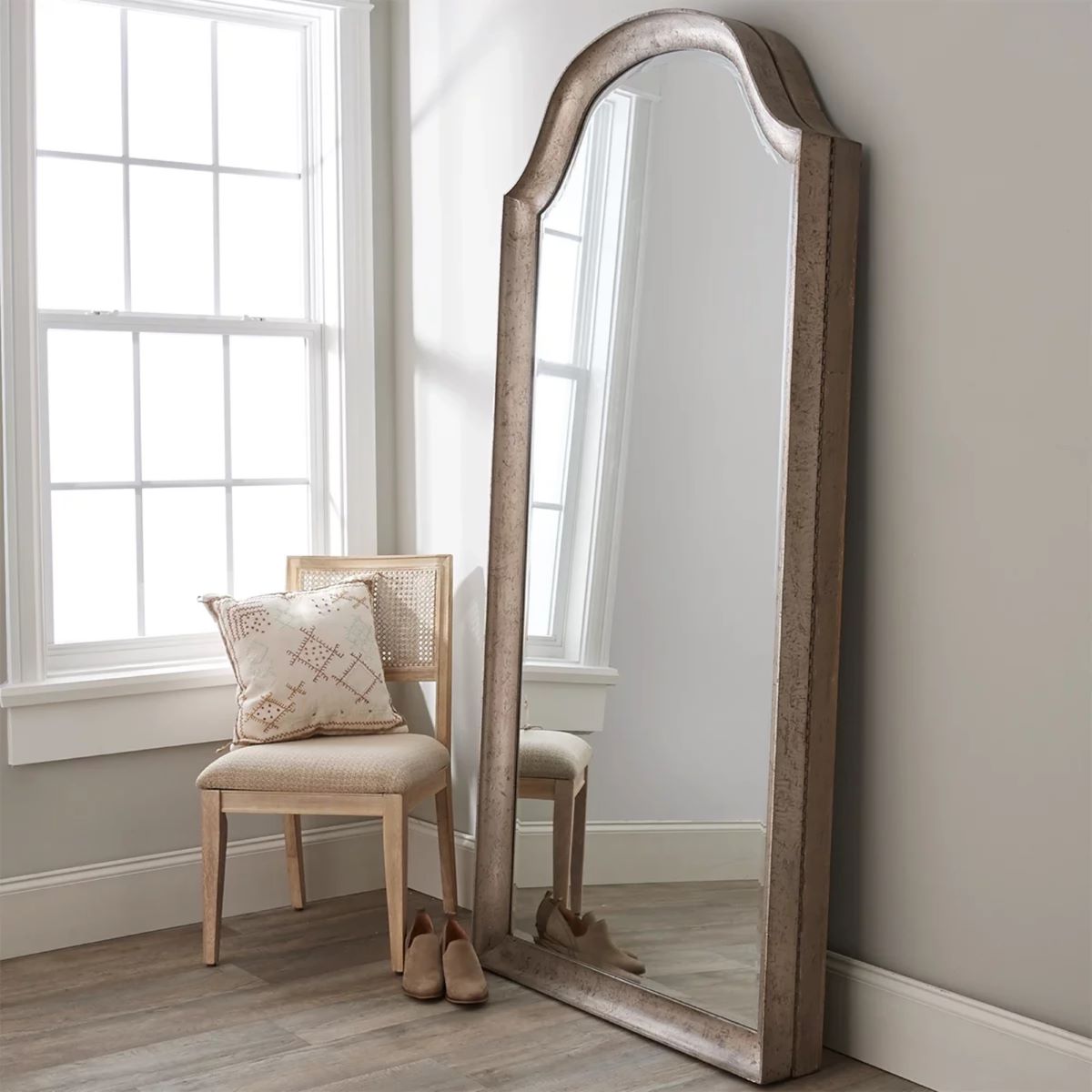
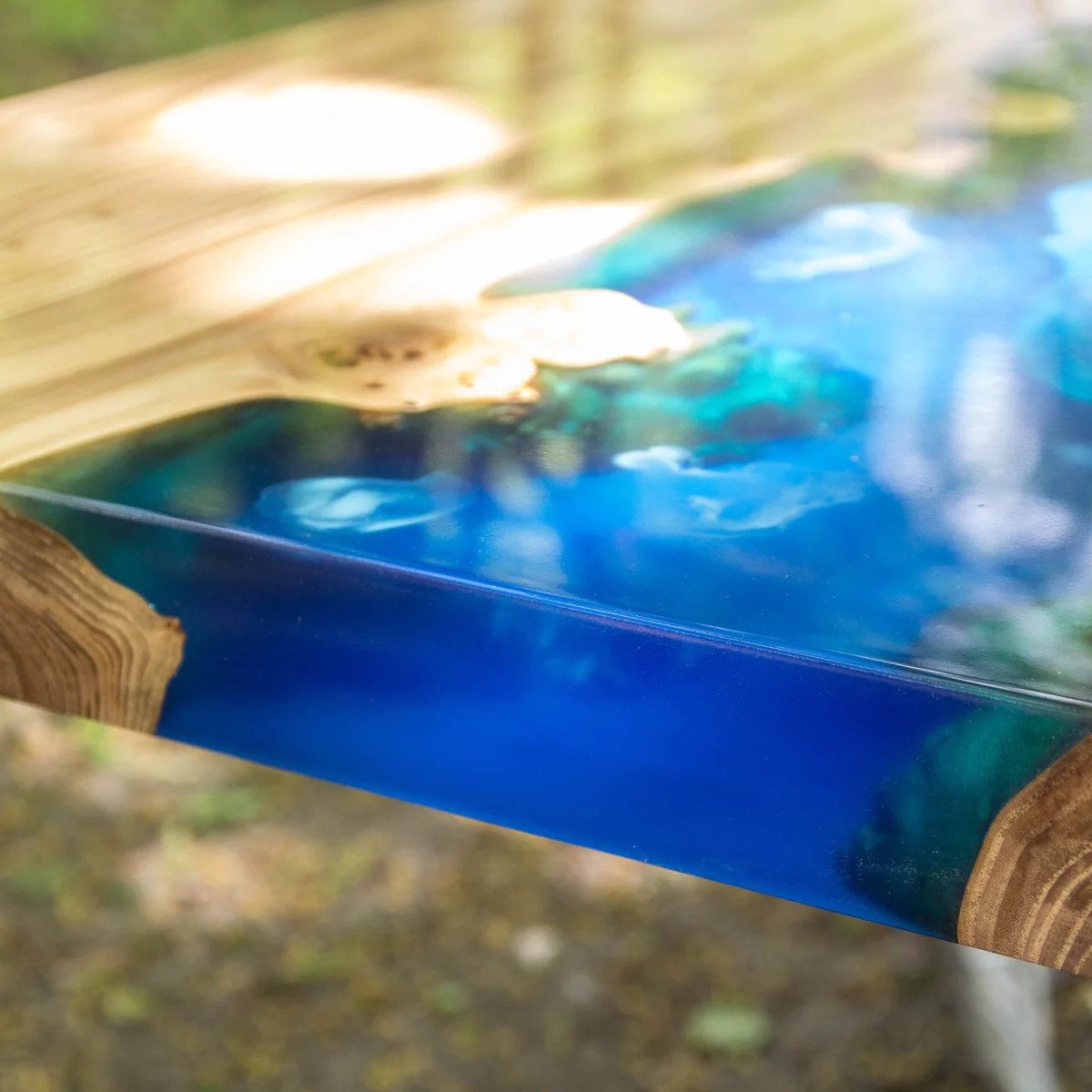
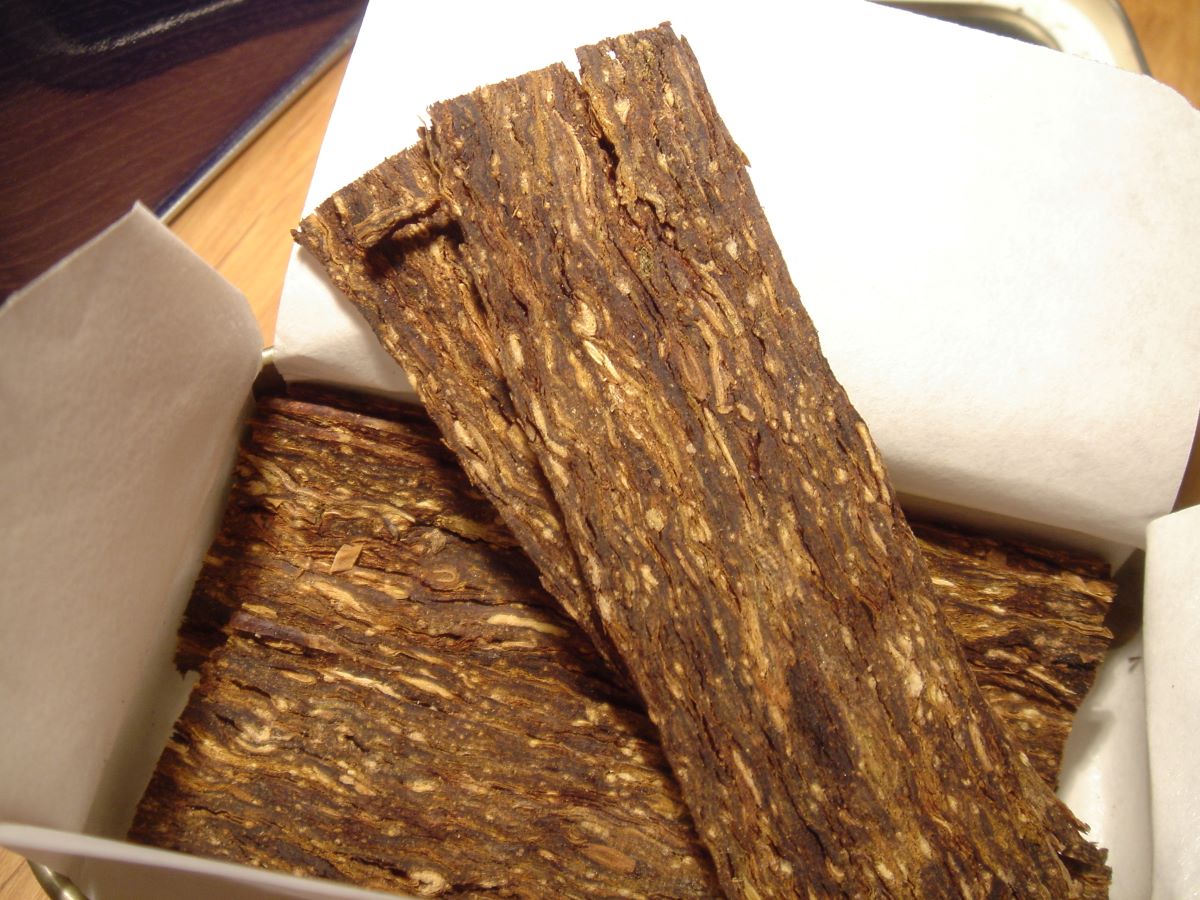
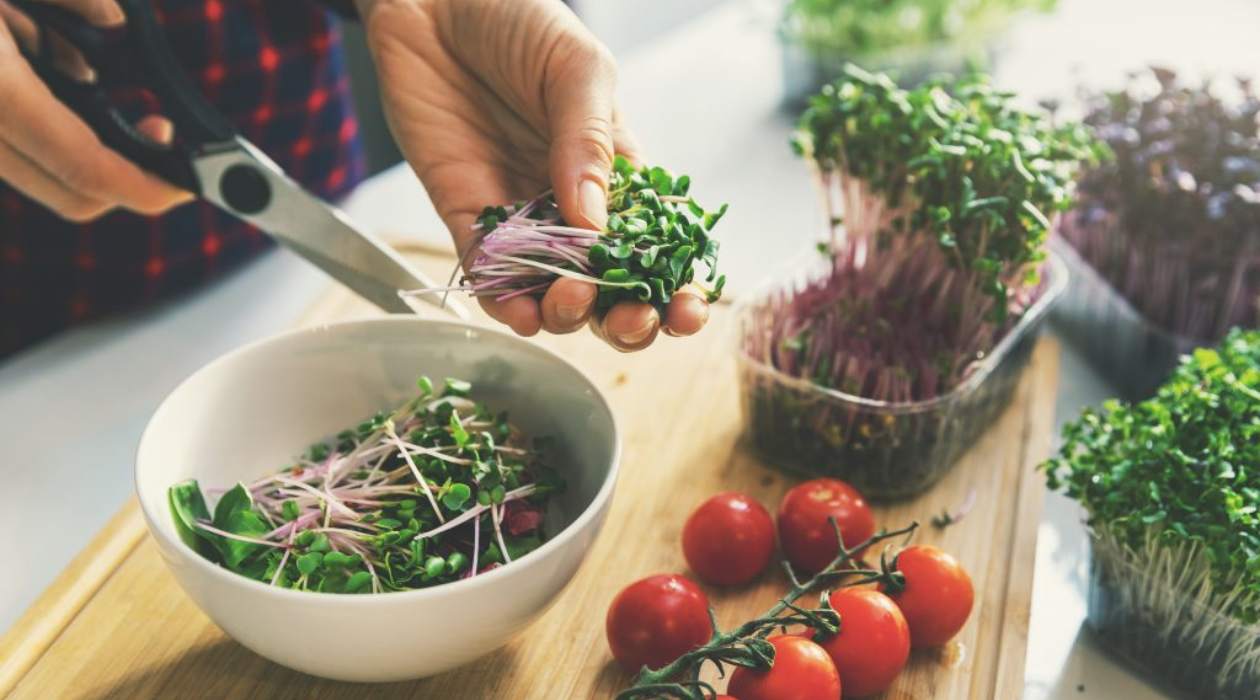
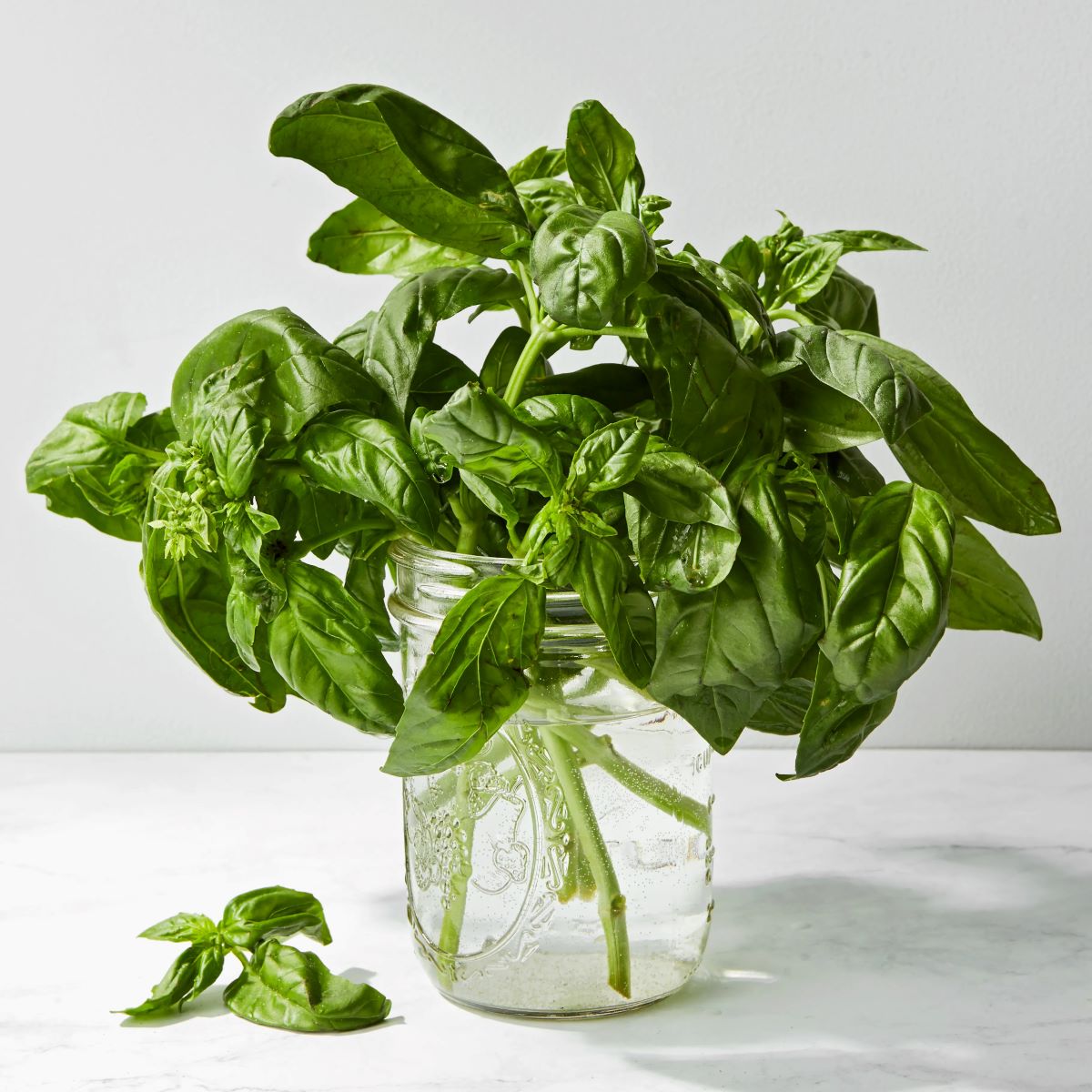

0 thoughts on “How To Store Rum”